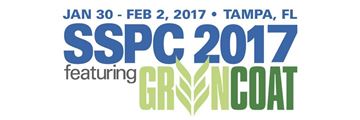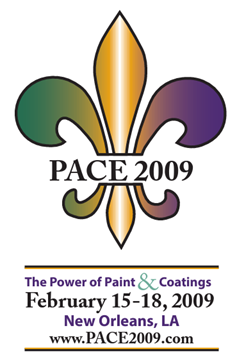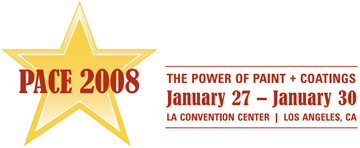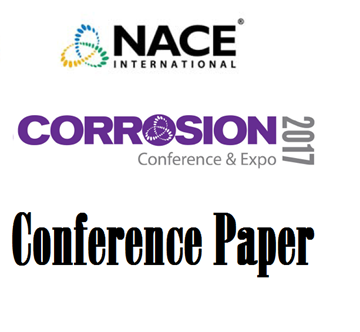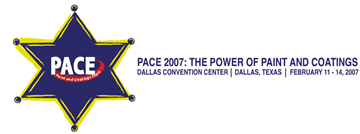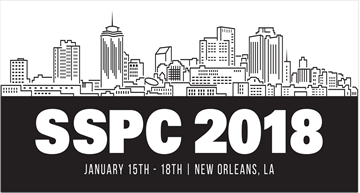Search
Products tagged with 'coating performance'
View as
Sort by
Display
per page
Balancing Act: Principles of Design and Formulation for Waterborne Acrylic DTM Coatings
Product Number:
51217-077-SG
Publication Date:
2017
$20.00
Benefits of Using Both SSPC & PDCA Standards in Project Specifications
Product Number:
41208-441-SG
Publication Date:
2008
$20.00
Challenging the Organic “Zinc Rich” Primer Standard
Product Number:
51220-301-SG
Publication Date:
2020
$20.00
Characterization of Coating Performance in Various Natural Exposure Environments
Product Number:
41205-201-SG
Publication Date:
2005
$20.00
Characterization of the Surface Mechanical properties of Paints and Polymeric Surface Coatings
Product Number:
41209-502-SG
Publication Date:
2009
$20.00
Coating Masonry Substrates Enhancing Appearance and Performance Through Masonry Coatings
Product Number:
41209-503-SG
Publication Date:
2009
$20.00
Coating Performance Over Partially Blasted Surfaces
Product Number:
51219-180-SG
Publication Date:
2019
$20.00
Color and Its Effects on Coating Performance: The Value of Clear Coats
Product Number:
41208-418-SG
Publication Date:
2008
$20.00
Combating Graffiti with Silicone Elastomeric Coatings
Product Number:
41210-577-SG
Publication Date:
2010
$20.00
Combined Mechanical Stress and Environmental Exposure Accelerated Coating Testing
Product Number:
51317--9116-SG
ISBN:
9116 2017 CP
Publication Date:
2017
$20.00
Completion of Phase 1 of the Single Coat Research Program
Product Number:
41207-347-SG
Publication Date:
2007
$20.00
Corrosion Durability of Three-Coat and Epoxy Mastic Coating Systems after Adverse Environmental Exposures during Coating Repair
Product Number:
51218-145-SG
Publication Date:
2018
$20.00

